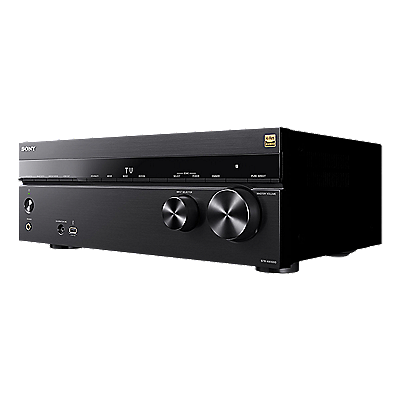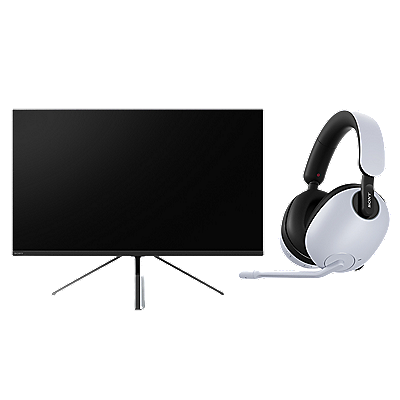Troubleshoot a Wireless LAN Connection Issue on a VAIO PC
Applicable Products
IMPORTANT: This article applies only to specific products and/or operating systems. Check Applicable Products and Categories for details.
Symptoms
- Dropped connections
- Failed connections
- Low signal strength
Troubleshoot Wireless LAN Connection
- If you get an internet connection but have dropped connections or low signal strength, download and install any SmartWi Connection Utility or VAIO Smart Network Utility update, and any wireless adapter driver update available.
Downloads are posted on your model support page.
- This solution has been written to work with all VAIO® computers that use the Windows® 8, Windows® 7 or Windows Vista® operating system. Because of this, some steps are in general terms. The reason for this is that the process to perform that particular step is different depending on the model computer you have. For information specific to any particular model on how to complete any of the steps in this solution, refer to its manuals.
Manuals are posted on your model support page.
- Because each of these steps represents a possible solution to this issue, connect to the wireless network and view websites through the Internet Explorer® browser, or the Google Chrome™ browser after you complete each step.
- Verify the physical wireless switch is turned on.
Note: VAIO Models released in Summer 2012 don't have a physical wireless switch. Check the manuals to know if your computer has a physical wireless switch. Manuals are posted on your model support page.
- Turn on the WLAN adapter with one of the following:
IMPORTANT:
- All VAIO computers with the Windows® 7 or Windows Vista® operating system, or that have been upgraded to the Windows® 8 operating system from Windows® 7 or Vista, will include either the SmartWi Connection Utility or the VAIO Smart Network Utility, but not both. If neither SmartWi Connection Utility or VAIO Smart Network Utility are available, use the Windows Mobility Center to turn on the WLAN adapter.
- VAIO computers that came with Windows® 8 operating system don't need and will not have either the SmartWi Connection Utility, or the VAIO Smart Network Utility. The Windows® 8 operating system takes the place of those two utilities.
- Use the operating system utility to repair the wireless connection .
- Configure the WLAN autoconfig service to start automatically .
- Start the computer in Safe Mode With Networking and test the wireless connection.
Note: If the connection works in Safe Mode, an anti-virus or anti-spyware software likely causes the issue. Configure any installed anti-virus or anti-spyware software properly as per the manufacturer's instructions.
WARNING! If anti-virus or anti-spyware software has been removed or disabled to troubleshoot the issue, enable or reinstall it to prevent exposure to malicious software. After you enable or reinstall the software, configure it properly per the manufacturer's instructions to allow the internet or network connection to work correctly.
- If possible, test another computer on the wireless network.
Note: If another computer successfully connects, the problem isn't with the Internet Service Provider (ISP), modem or router.
- Uninstall the SmartWi Connection Utility or the VAIO Smart Network Utility software, and then reinstall it with either the VAIO Recovery Center or VAIO Care software.
- Reinstall with the VAIO Recovery Center software.
- Reinstall with the VAIO Care™ version 5 software .
- Reinstall with the VAIO Care™ version 6 software .
- Turn off the power management setting for the WLAN adapter.
- Check the WAN IP address of the router as per the manufacturer's instructions.
Note: If the router isn't getting a WAN IP address, the issue is likely caused by a problem with ISP.
WARNING! There is a risk of data loss. If a router has been specifically configured (PPPoe, DSL, MAC address filtering, security, etc.), the settings will be removed by resetting the router and it will have to be reconfigured.
- Reset the router and/or modem per the manufacturer's instructions.
- Check to determine if wireless interference causes the issue.
- Disable Internet Protocol Version 6 (TCP/IPv6).
NOTE: Depending on the operating system, the steps to disable Internet Protocol Version 6 may vary.
- Adjust the settings on the WLAN router, such as the wireless channel frequency or cloning the MAC address .
- Change the wireless encryption protocol to resolve certain issues.























